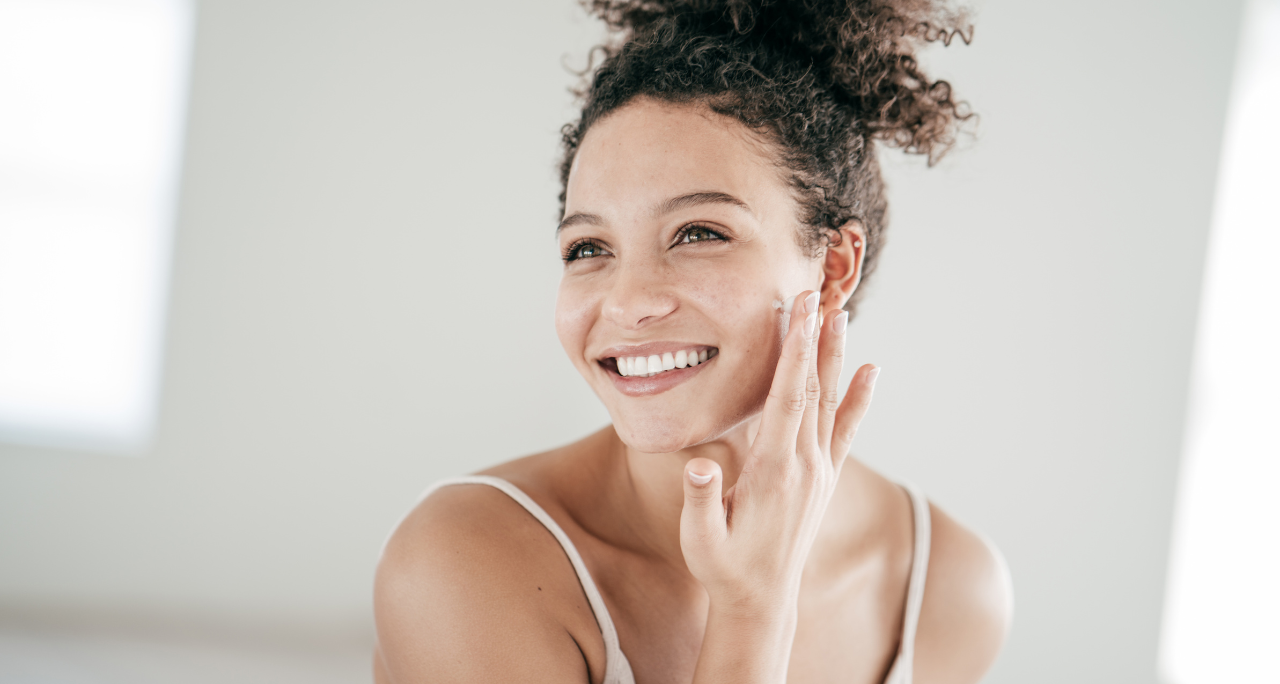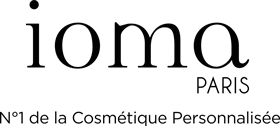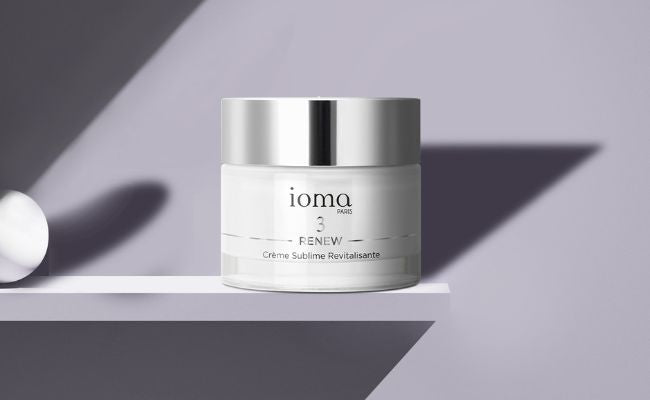
Everything you need to know about retinol: definition, anti-aging benefits and uses
Retinol is one of the key ingredients in anti-aging cosmetics . This firming active ingredient is even recognized by dermatologists as one of the most powerful allies against the signs of aging. It is known for its ability to effectively combat the loss of firmness and the formation of wrinkles and pigment spots. Find out what retinol is and how to properly use this famous anti-aging active ingredient.
What is retinol?
Retinol is an active form of vitamin A and belongs to the retinoid family. It is found in certain foods, mostly of animal origin, but its best-known form today is that of a cosmetic ingredient acclaimed for its anti-aging properties. First recognized for its effectiveness in treating and correcting imperfections for acne-prone skin, retinol is a powerful active ingredient found in many skin care products. In addition to its ability to reduce spots and acne scars, it also acts on the production of collagen and elastin, making it a true ally in the fight against the signs of skin aging. Retinol has regenerative and resurfacing properties that contribute to accelerated cell renewal.
What are the benefits of retinol?
The ultimate anti-aging active ingredient, retinol has multiple powers.
Retinol is an antioxidant
Derived from vitamin A, retinol has an antioxidant action and thus protects the skin from external aggressions such as pollution or UV rays responsible for oxidative stress.
Retinol has an anti-wrinkle action
Natural collagen production is encouraged by the action of retinol, which stimulates fibroblasts. The increased collagen secreted in this way ensures the skin's strength, density, and firmness.
Retinol maintains skin elasticity
Retinol also stimulates elastin, another structuring protein in the skin that helps it remain supple and less marked.
Retinol reduces pigment spots
By supporting the natural process of cell regeneration and thanks to its exfoliating action, retinol, a form of vitamin A, improves skin texture. It also regulates the overproduction of melanin and helps reduce the appearance of dark spots .
Retinol smoothes skin texture
First used to treat acne, retinol is known for its ability to limit breakouts and skin damage. The improved cell regeneration involved in retinol helps tighten pores and refine skin texture for a smoother, more even, and luminous complexion.
How does retinol work on the skin?
Retinol has a multidimensional action, it is able to act on the different layers of the epidermis to support and stimulate cell renewal which tends to slow down with age. An antioxidant, retinol neutralizes free radicals and effectively corrects all the signs of aging, mainly wrinkles and fine lines, pigment spots but also imperfections, dull complexion, etc. On the surface, retinol unclogs the pores in which dead cells are accumulated and thus makes the complexion more even and luminous. It regulates the production of melanin responsible for brown spots. Deeper down, retinol is able to stimulate and regulate certain functions of the dermis such as the production of collagen and elastin, natural proteins essential for the firmness and elasticity of the skin.
Retinol's action on the skin is comprehensive, making this multi-benefit active ingredient one of the most powerful in treating the five most pronounced signs of aging: wrinkles, firmness, even skin tone, skin texture, and radiance. A retinol treatment allows the skin to have a more youthful appearance.
How to use retinol correctly?
While retinol is incredibly effective, its concentration in cosmetic treatments is limited because it has the potential to irritate and sensitize the skin. For these reasons, when using a retinol treatment for the first time, you can give your skin time to get used to this ingredient by spacing out applications. The visible results of retinol on wrinkles or spots appear after 6 to 8 weeks of treatment. Furthermore, since retinol is photosensitive, it is best used in the evening and in combination with daily use of SPF50 sunscreen. By avoiding sensitive areas, applying a nourishing facial treatment, and carefully observing your skin's reactions, you will best benefit from the action of retinol and quickly observe the benefits of this unique anti-aging active ingredient: refined skin texture, more radiant complexion, reduction of spots, wrinkles and fine lines, firmer skin.
IOMA's Intensive Resurfacing Serum offers a new balance between efficacy and tolerance. This anti-aging treatment respects the concentration limits of pure retinol and also consists of a complex of "retinol-like" active ingredients, i.e., ingredients with properties similar to retinol. The powerful formula of Intensive Resurfacing Serum pushes the limits of retinol's effectiveness for renewed, radiantly beautiful skin.





